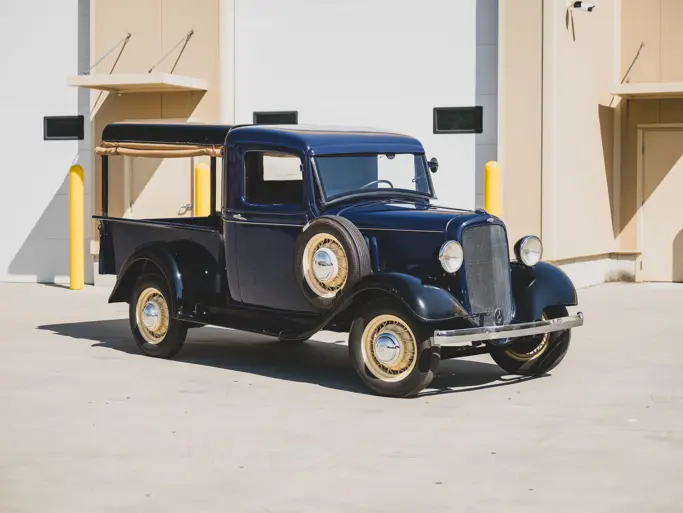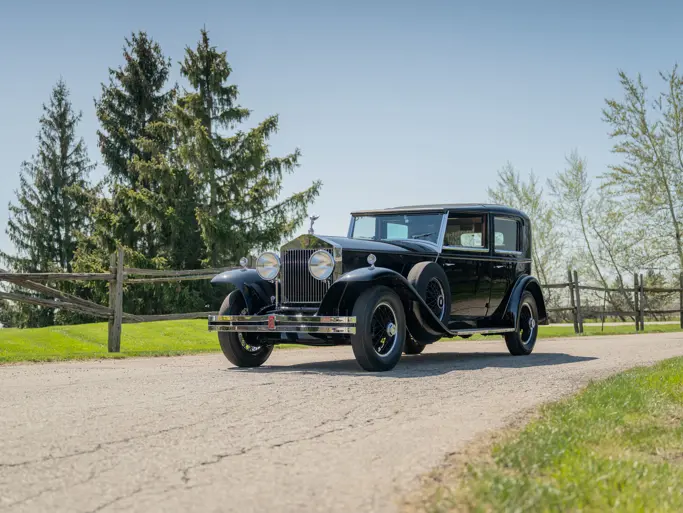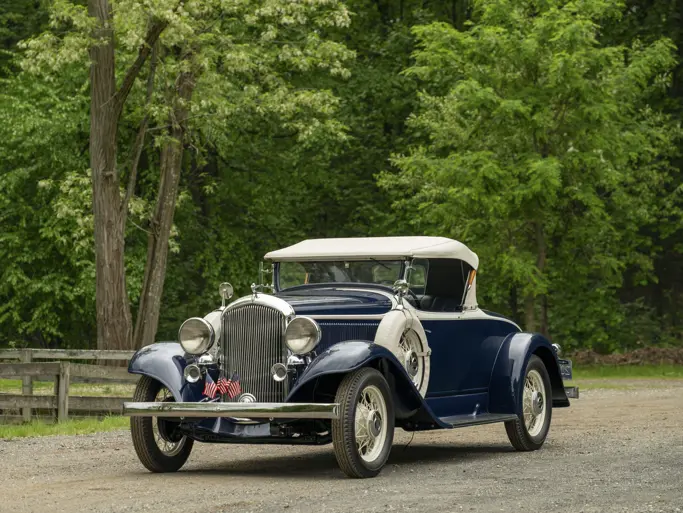Please Note: Information regarding these museum display vehicles was provided by the National Military History Center and has not been independently verified by Auctions America by RM ("AA"). As such, AA does not verify, warrant or guarantee any of this information. Prior inspection and research by the buyer is highly encouraged and recommended.
ATTENTION: Buyers are responsible for securing transportation and moving/loading of lots. Lot may be left on display indefinitely in the museum free of charge with a signed loan agreement form. Lots are sold as is, where is.
Please note this is being sold on "Bill of Sale" only.
Manufacturer: General Motors of Canada Ltd., Oshawa, Ontario
Production Year: 1941
Engine: Chevrolet 216-cid ohv, in-line, liquid-cooled, 85-hp, six-cylinder, gasoline
Transmission: Four-speed: four forward, one reverse
Length: 14-feet, 2-inches
Width: 7-feet, 2-inches
Height: 8-feet (to top of cargo area bonnet)
Weight: Approximately 3-tons (loaded)
Armor: None
Armament: None
Maximum Road Speed: 47-mph
Maximum Load Capacity: 1500-pounds (3/4-ton)
Wheelbase: 101-inches
Markings: German (captured), 21st Panzer Division, Afrika Korps
The Chevrolet C15 was one of the first CMP (Canadian Mili-Pattern) model trucks built in World War II. No specific military designs were available when war broke out in September, 1939. Up to 1939, the Canadian Army relied largely on commercial trucks of American design built by subsidiaries of Chrysler, Ford and General Motors. To meet British needs, the Canadian Department of National Defense immediately stepped up production of civilian models. These trucks, classified as Modified Civilian Vehicles, served as a stop-gap until the CMPs entered production in 1940. The CMPs featured standardized military-style cabs with semi-forward-control driving positions. They used American designed engines and running gear, but were built to fit in with the standard British categories of 8-cwt, 15-cwt, 1-ton, 30-cwt and 3-ton capacities. Chevrolet, along with Ford, combined efforts to produce vehicles with an exceptionally high degree of interchangeability. The Chevrolet C15 displayed features the first pattern (1940) cab. The headlight arrangement on the C15 displayed is not typical (they were usually mounted on the fenders). Approximately 11,000 Chevrolet C15s were built. They were replaced in production by improved C15As in 1942.

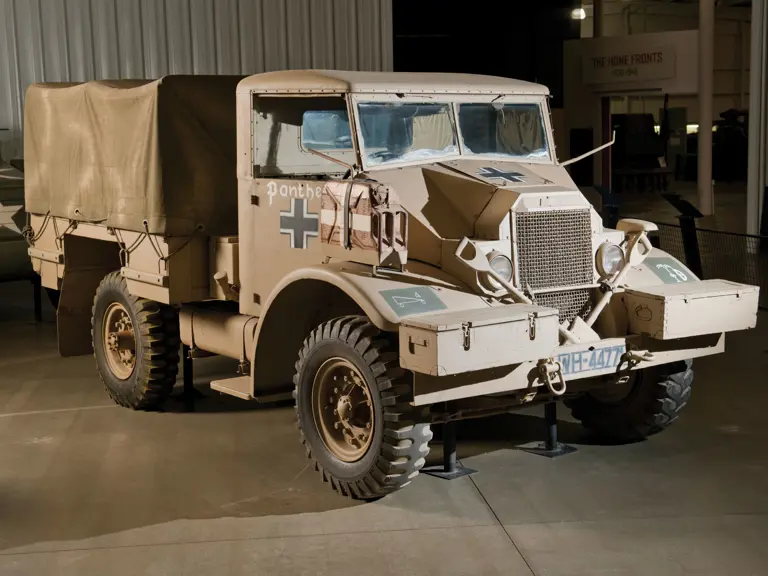
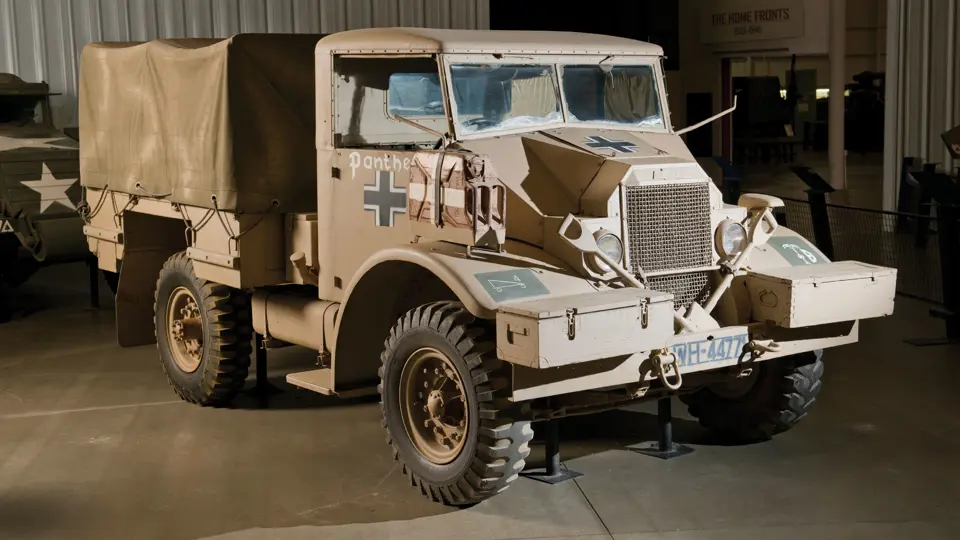
 | Auburn, Indiana
| Auburn, Indiana
